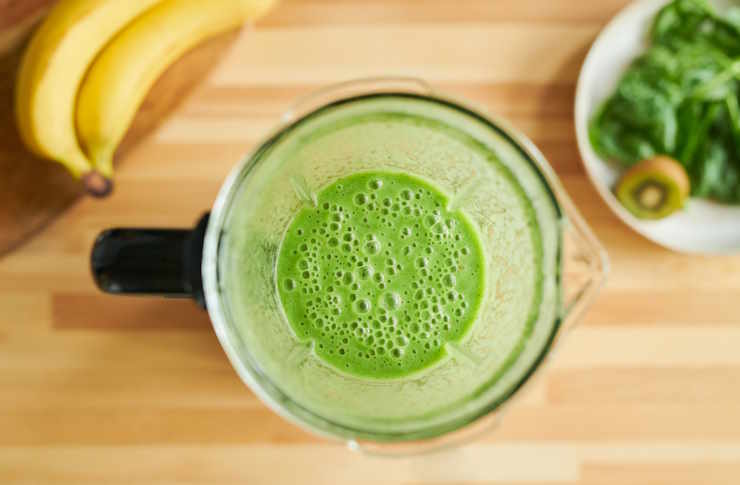Smoothies: How to Make Fruit and Vegetable Blends at Home
Smoothies are blended drinks that combine fruit, vegetables, liquid, and often other ingredients like seeds, yogurt, or protein powder to create a thick, drinkable mixture. They can be prepared quickly at home with a blender and adapted to different tastes, dietary needs, and textures. This article explains practical choices for ingredients, tips for using a blender effectively, and simple guidance to make balanced smoothies that suit everyday routines.

What is a smoothie?
A smoothie is a cold, thick beverage made by pureeing solid ingredients with a liquid until smooth. Unlike milkshakes, which are typically dairy- and sugar-heavy, smoothies usually focus on whole fruit and vegetables and can include additional nutrition from seeds, nut butter, or protein powders. Texture ranges from creamy to icy, depending on frozen fruit or ice. Smoothies are consumed as a quick meal replacement, snack, or accompaniment to a meal and are popular for their portability and ease of customization.
How to choose fruit for smoothies?
Select fruit for a balance of flavor, texture, and nutrition. Ripe bananas add creaminess and natural sweetness without needing much sugar; berries contribute antioxidants and bright flavor, and mango or pineapple create a tropical profile. Frozen fruit is convenient and helps chill and thicken the blend. Consider combining sweet and tart fruits to avoid overly sweet drinks. Pay attention to fiber—keeping whole fruit rather than only juice retains natural fiber, which helps moderate blood sugar response and improves satiety in a smoothie.
How to add vegetables to smoothies?
Vegetables can boost vitamins, minerals, and fiber without a lot of added calories. Leafy greens such as spinach and kale blend smoothly and have mild flavors when balanced with fruit. Cucumber, zucchini, and cooked carrots also add bulk and nutrients. For firmer vegetables, cook or steam them slightly before freezing to ease blending. Start with small amounts to get used to the flavor and use ingredients like banana, apple, or a splash of citrus to mask bitterness. Adding a healthy fat (avocado, nut butter) can improve texture and nutrient absorption.
This article is for informational purposes only and should not be considered medical advice. Please consult a qualified healthcare professional for personalized guidance and treatment.
Which blender to use for smoothies?
Choosing a blender depends on frequency of use, budget, and desired texture. Countertop blenders with 500–1000 watts handle most fruit-and-vegetable smoothies well; high-speed models (1000+ watts) are better for fibrous greens, ice, and nut butters. Personal single-serve blenders are convenient for one-serving drinks and portable cups. Look for sturdy blades, variable speed settings, and a tamper if you blend thick mixtures. Regular cleaning prevents odors and maintains performance. Match the blender to the toughest ingredients you plan to use to avoid strained motors and inconsistent texture.
How to make a balanced smoothie drink?
A balanced smoothie combines carbohydrates (fruit), protein (yogurt, milk, protein powder, tofu), healthy fats (avocado, seeds, nut butter), and fiber (whole fruit, vegetables). A common ratio is roughly two parts produce to one part liquid, plus a protein source and a small serving of fat. Choose liquids that add nutrients—unsweetened dairy or plant milks, water, or coconut water—and avoid excess sweetened juices. Measure portions to avoid excessive calories: a single smoothie intended as a snack is different from one used as a meal replacement. Store leftovers cold and consume within 24 hours to preserve freshness.
Smoothies can be adapted for dietary goals: increase protein for post-workout recovery or emphasize vegetables and low-sugar fruits to lower carbohydrate content. Pay attention to portion sizes and ingredient lists when selecting pre-made blends or powders, as added sugars and flavored ingredients can change the nutritional profile. For consistent results, plan your combinations and note what works for taste and digestion.
Smoothies are a flexible way to increase fruit and vegetable intake, control portion components, and create convenient portable drinks with varied textures and flavors. With attention to ingredient balance, blender capability, and safe storage, anyone can craft smoothies that fit daily routines and nutritional preferences while keeping preparation simple and efficient.




